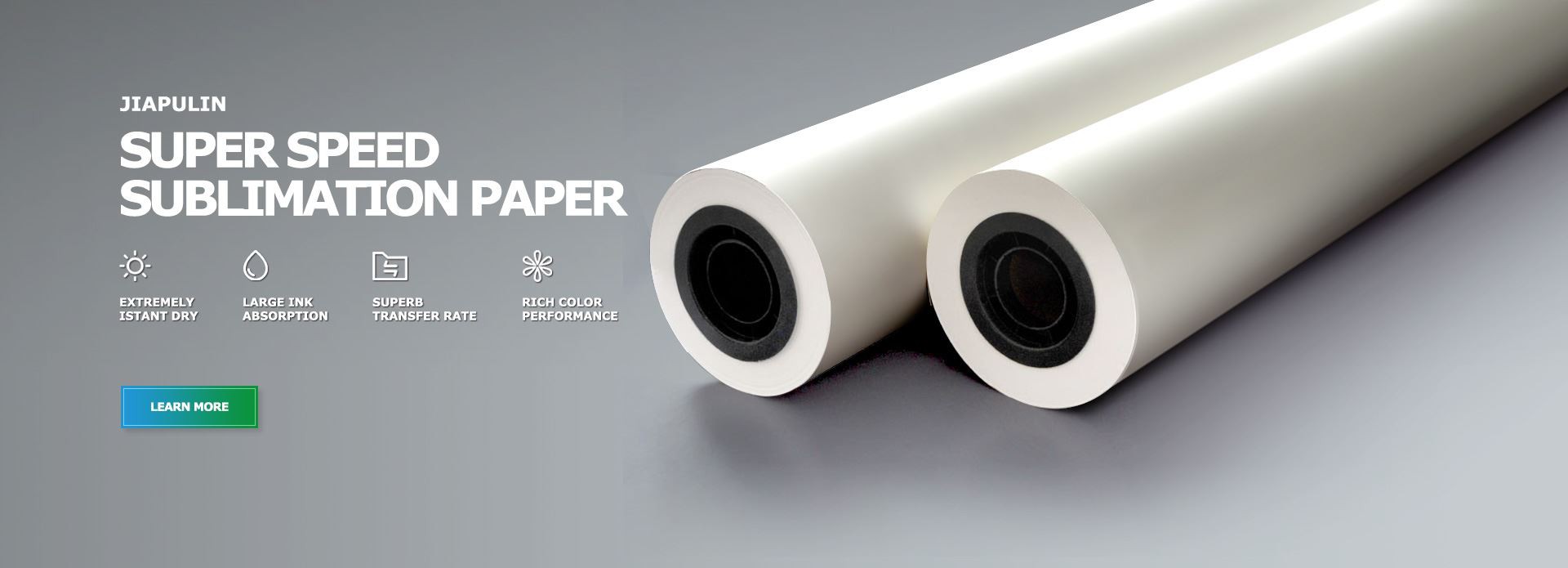How to test the high temperature resistance of sublimation protective paper
Aug 14, 2024
Testing the high temperature resistance of sublimation protective paper is an important part to ensure that it can play an effective role in the thermal sublimation transfer process. Here are several testing methods:
1. Oven test method
Prepare an oven that can accurately control the temperature. Cut the thermal sublimation protective paper into several samples of the same size. First set a lower temperature, such as 150℃, put the sample in the oven, and keep it for a certain time, such as 30 minutes. Then take out the sample and observe its appearance changes, including whether there is deformation, discoloration, blistering, etc. If the sample has no obvious change at this temperature, gradually increase the temperature, increase by about 20℃ each time, and repeat the above steps until the sample is found to have obvious adverse changes. This method can determine the tolerance of the protective paper at different temperatures.
2. Thermal transfer simulation test
Use thermal sublimation transfer equipment for simulation testing. Operate the protective paper and transfer material according to the normal thermal sublimation transfer process and set different transfer temperatures. Perform multiple transfer experiments at each temperature to observe the performance of the protective paper during the transfer process. If the protective paper can remain intact at high temperatures without problems such as rupture and adhesion, and can effectively isolate the thermal transfer ink from the heating equipment to ensure a good transfer effect, it means that it has good high temperature resistance at this temperature. At the same time, the quality of the pattern after transfer at different temperatures, such as the color vividness and clarity, can be compared to further evaluate the impact of the high temperature resistance of the protective paper on the transfer effect.
3. Physical property testing
The high temperature resistance of the protective paper can be judged by measuring the changes in its physical properties before and after heating. For example, the thickness, tensile strength and other parameters of the protective paper are measured using precision instruments before heating. Then, after the protective paper is placed in an environment with a specific temperature for a period of time, these parameters are measured again. If the thickness changes little and the tensile strength does not decrease significantly, it means that the protective paper has good dimensional stability and mechanical strength at this temperature, that is, good high temperature resistance.
4. Microscope observation
Use a microscope to observe the microstructural changes of the protective paper before and after heating. After heating the sample at different temperatures, place it under a microscope to observe its fiber structure, surface flatness, etc. If the fiber structure of the protective paper is not significantly damaged at high temperature and the surface is still flat, it means that its high temperature resistance is good. Otherwise, if fiber breakage and surface roughness occur, it means that the high temperature resistance of the protective paper is poor.
If you need sublimation protective paper, please contact Jiapulin New Material, our technical team will tailor the most suitable solution for you.
https://www.jiapulin-print.com/







